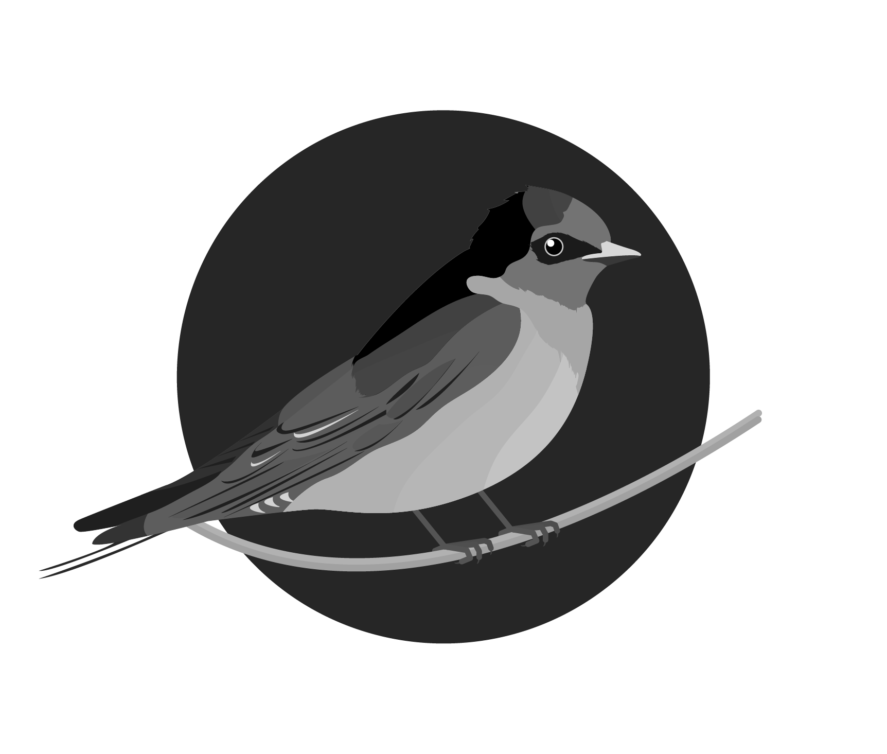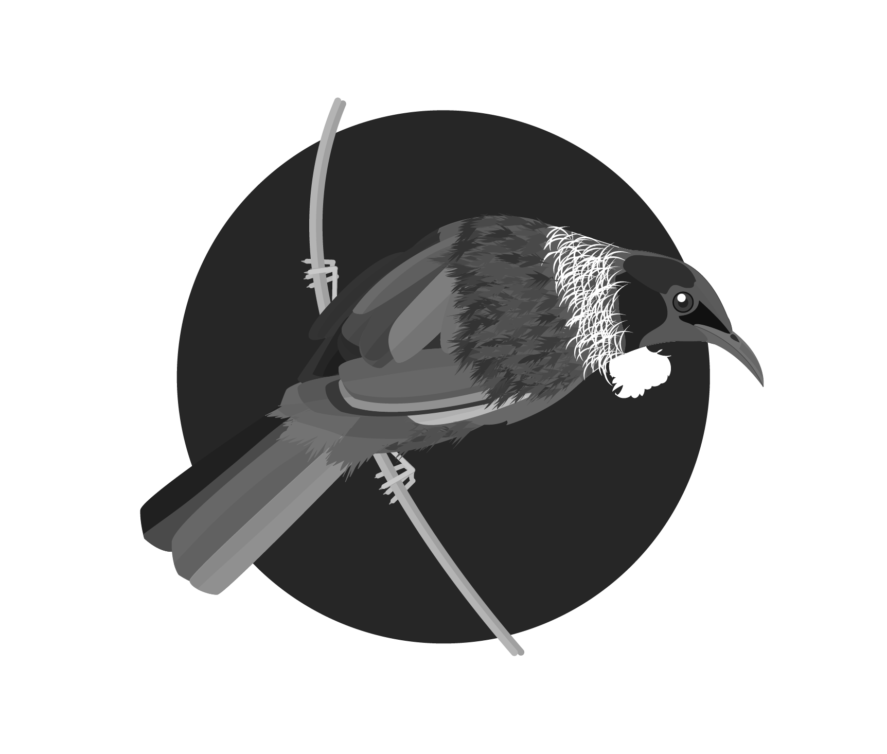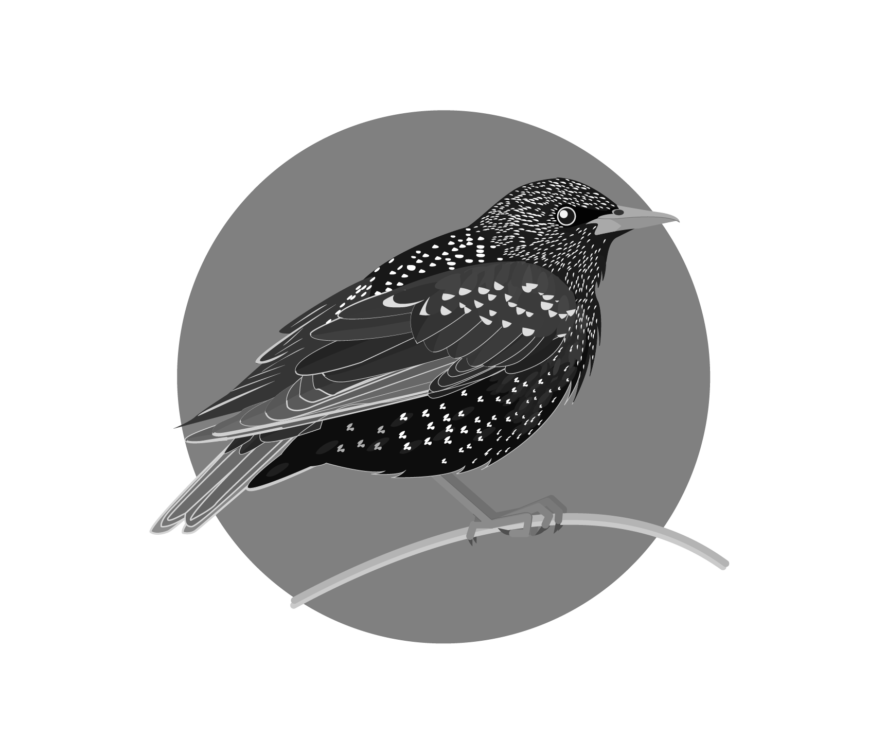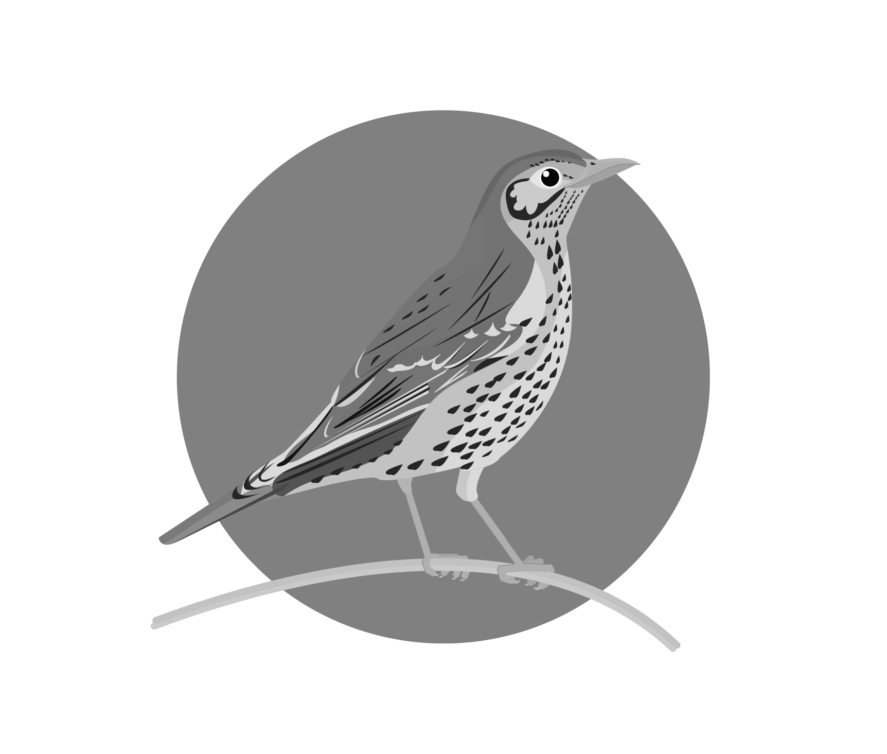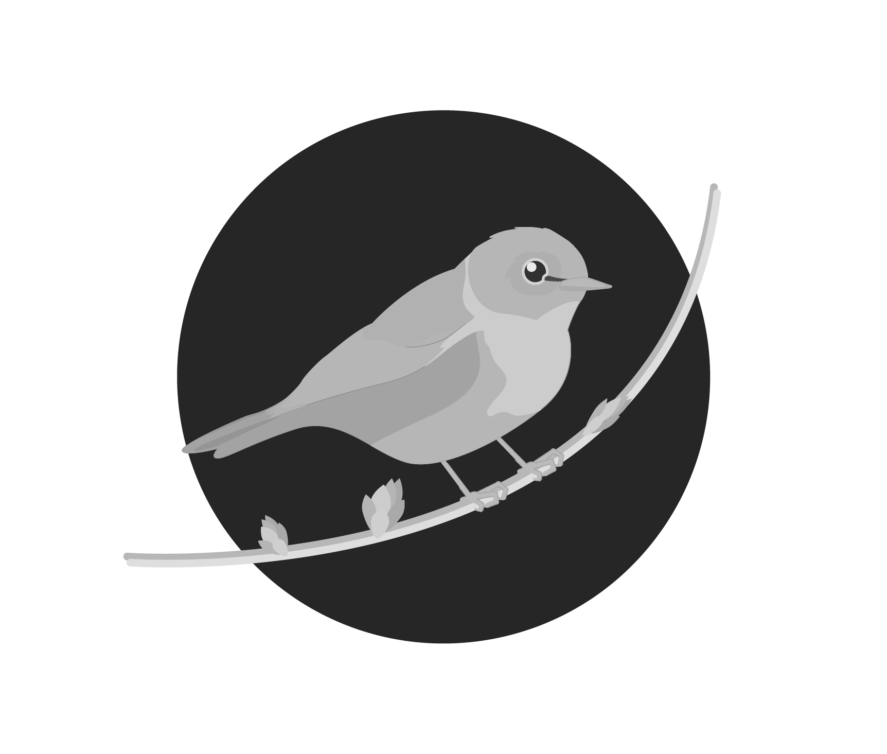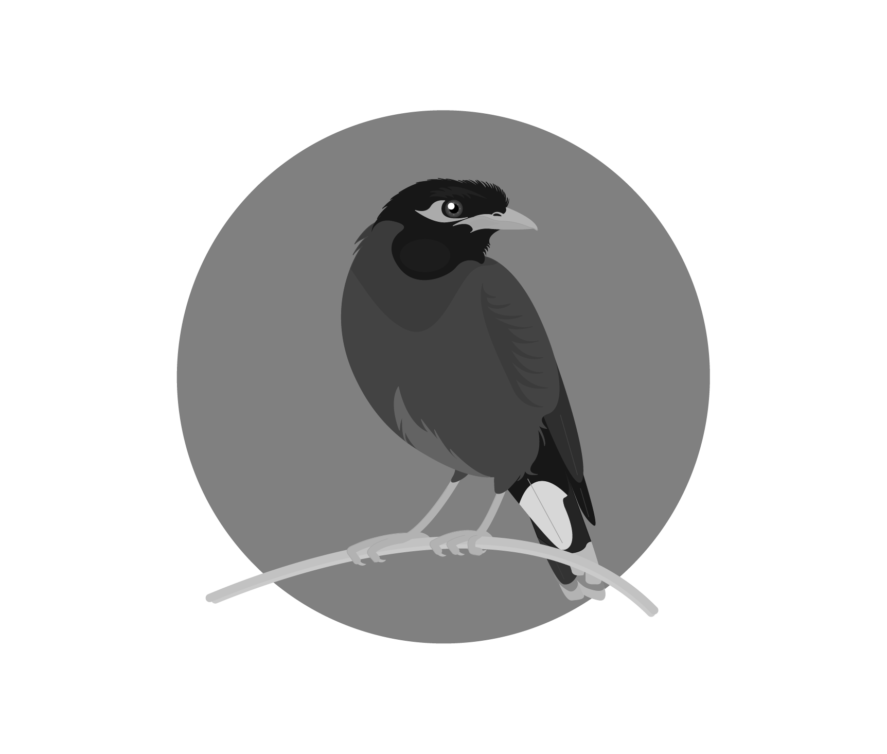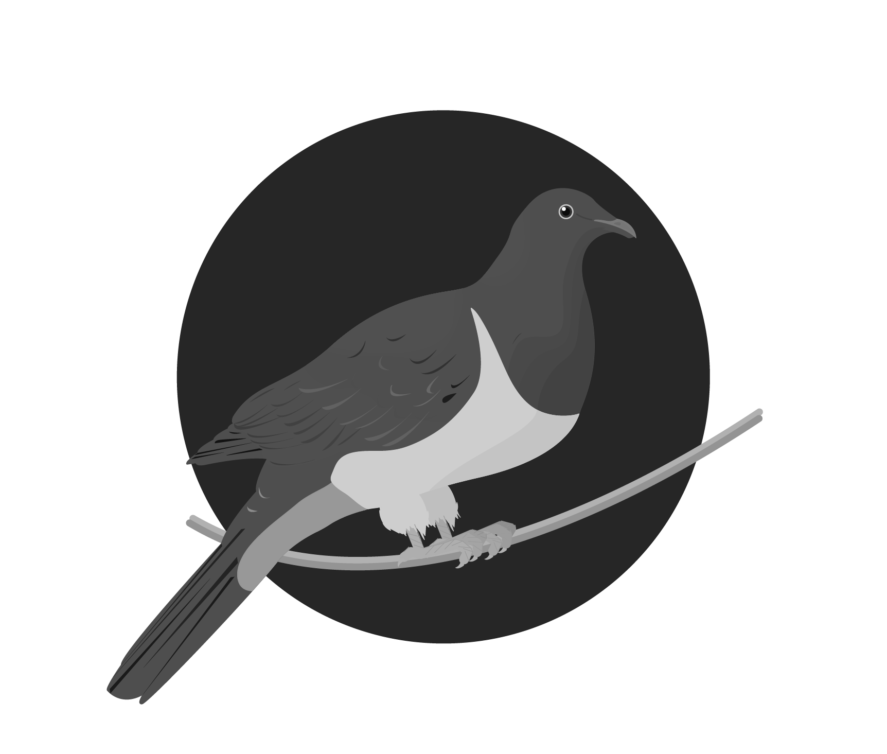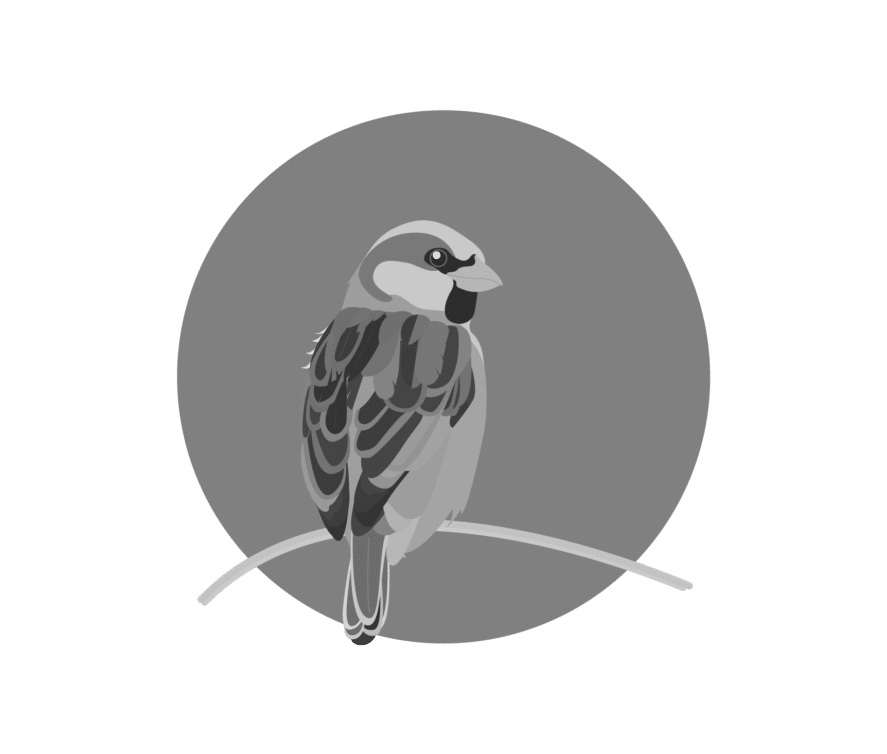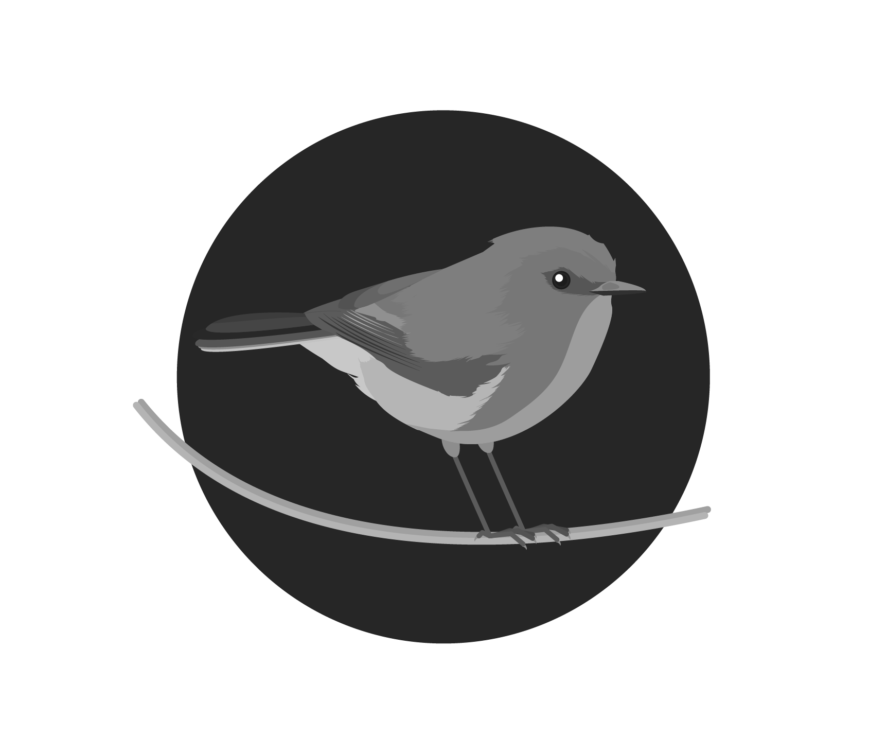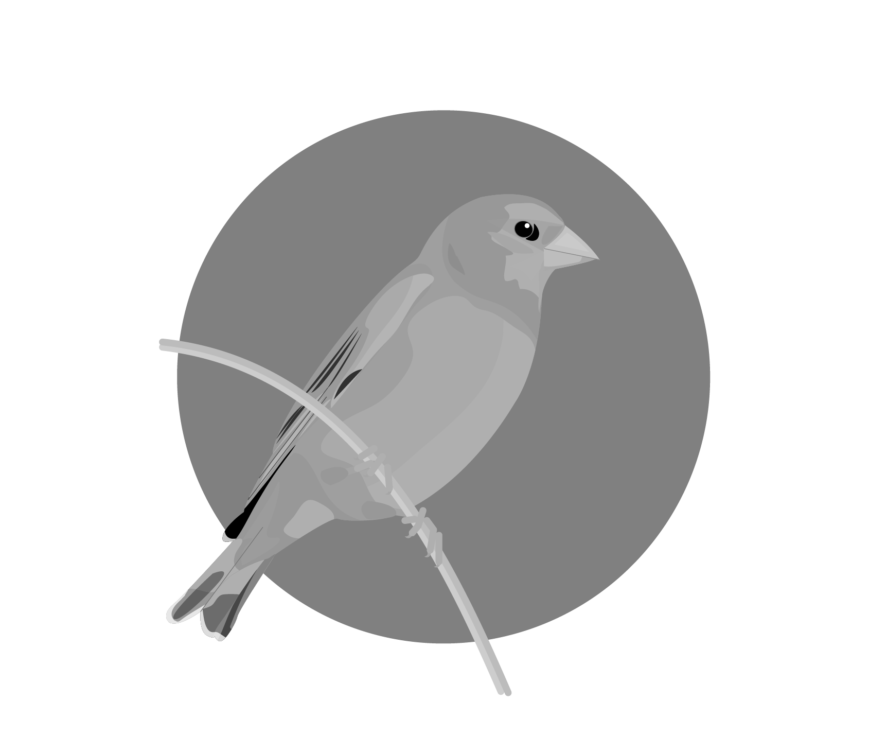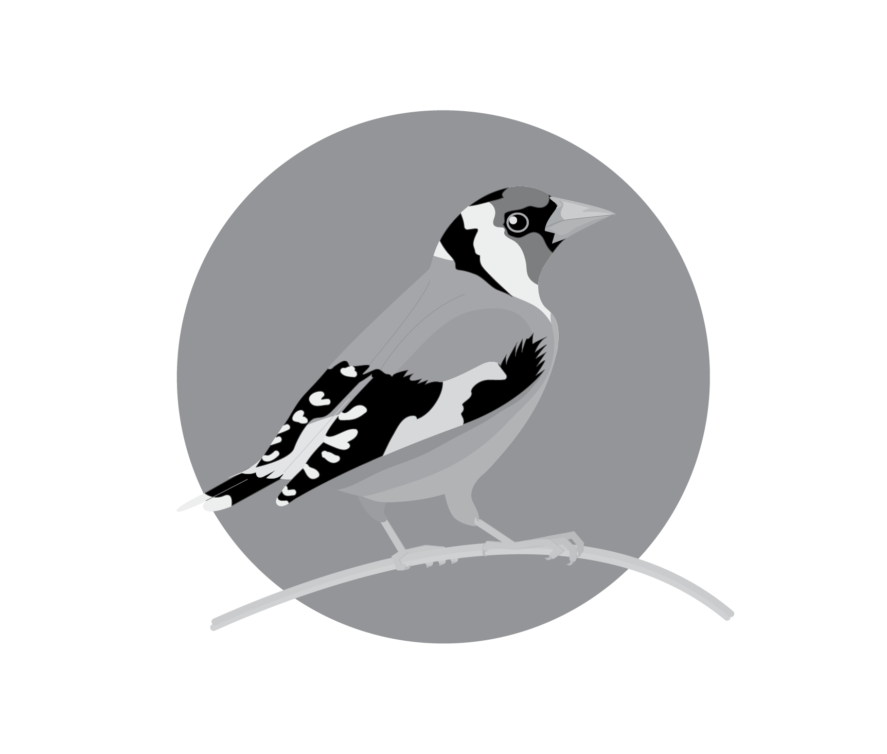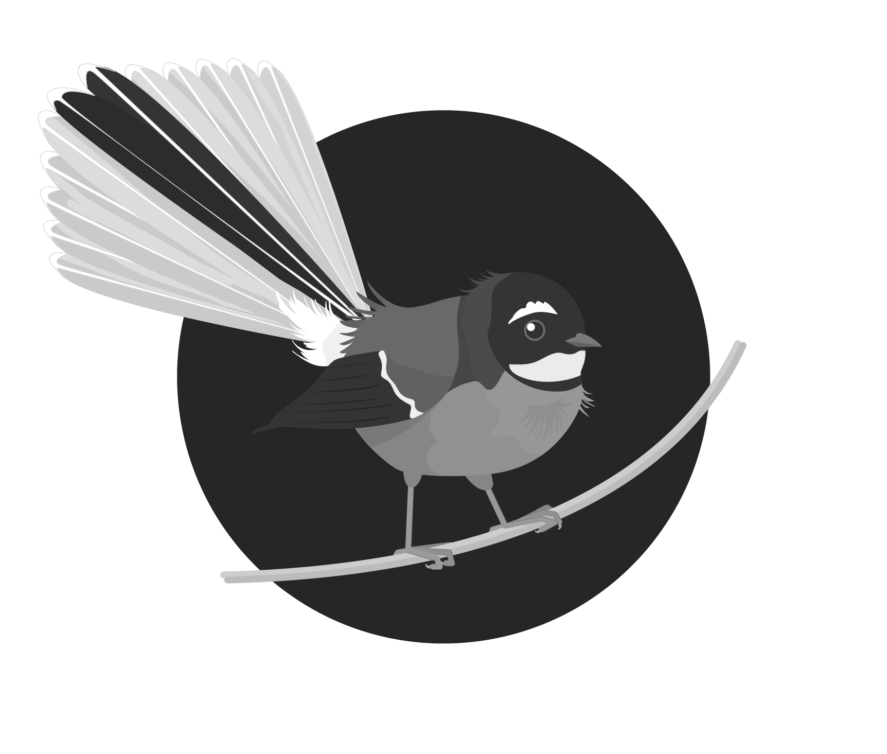-
Troppo Plant & Garden Articles
- Delicious Recipes
- TROPPO’s Food Forest in Te Puke, BOP (www,foodforest.org.nz)
- Troppo’s Plant Collection
- TROPPO's Nursery Directory
- Food Forests of New Zealand (www.foodforests.nz)
- Nursery Map - Plant Suppliers of NZ Directory (www.nurserymap.nz)
- Kids Garden Corner
- New Zealand Garden Bird Survey
- New Zealand Garden Groups
Blackbird
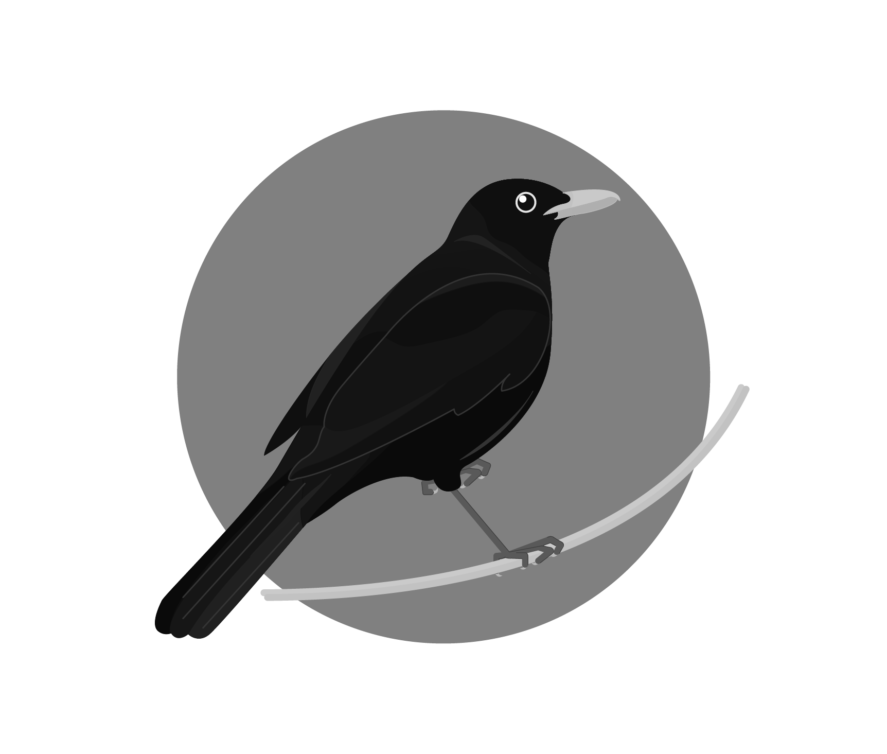
The Adaptable Blackbird of New Zealand
The Blackbird (Turdus merula) is a familiar sight in New Zealand, known for its striking black plumage and melodious song. Originally from Europe, the Blackbird has successfully established itself across New Zealand, becoming a common resident in gardens, parks, and forests.
Appearance
Male Blackbirds are easily identifiable by their glossy black feathers and bright orange-yellow beak and eye-ring. Females, on the other hand, are brown with a slightly mottled appearance and a duller beak. Juvenile Blackbirds resemble females but with more pronounced mottling on their feathers.
Habitat and Distribution
Blackbirds are highly adaptable and can be found throughout New Zealand, from urban areas to rural landscapes. They thrive in a variety of habitats, including gardens, orchards, parks, and native forests. Their adaptability has allowed them to become one of the most widespread bird species in the country.
Diet
Blackbirds have an omnivorous diet, feeding on a range of food sources. They eat insects, earthworms, berries, and fruits. In urban areas, they are often seen foraging on lawns and garden beds, searching for insects and other invertebrates. Their varied diet helps them to survive in different environments and throughout the year.
Behavior and Song
Blackbirds are known for their rich, flute-like song, which is often heard during the breeding season from spring to summer. The males sing to establish and defend their territory, while also attracting mates. Blackbirds are typically solitary or seen in pairs, but may form small groups when food is abundant.
Breeding
The breeding season for Blackbirds in New Zealand spans from August to February. They build cup-shaped nests in trees, shrubs, or even on man-made structures. The female lays 3-5 eggs per clutch and is responsible for most of the incubation. Both parents participate in feeding the chicks once they hatch.
Conservation Status
As an introduced species, Blackbirds are not considered at risk in New Zealand. They have adapted well to the environment and are commonly seen across the country. However, their presence can impact native bird species through competition for food and habitat.
Conclusion
The Blackbird is a resilient and adaptable species that has become a familiar part of New Zealand’s avifauna. While they may compete with native birds, their presence adds to the rich tapestry of birdlife in the country. Observing these birds and listening to their beautiful song is a delightful experience for bird enthusiasts and casual observers alike.

